10 Ways To Improve Your Design Skills Right Now
Being a designer is a challenging profession. If you want to stay relevant in your chosen field, you need to be on your toes all the time. Keep in mind that while the methods you’re using may have worked before, it may be obsolete today. And while old techniques are getting some improvements, we’re also being introduced to new ones every day.
In an industry that’s developing steadily, it’s a must for all designers to catapult their capabilities to the next level. You have to be more than willing to learn and practice if you want to stay on top of your game. So whether you’re a seasoned, newbie, or self-taught designer, the following tips can help improve your design skills in no time.
Be Open To Criticism
Pay attention to all the criticism you’ll receive. Don’t take criticism as a personal attack on you. See it as something to help you get better as a designer.
Feedbacks are necessary and can make or break you. Make sure to analyze the critic you’re getting as there are destructive criticisms that are meant to bring you down. Take it if it’s constructive criticism, and simply shrug your shoulders if it’s the destructive kind.
Additionally, you won’t feel bad when receiving feedback if you know how to appreciate what you can bring to the table. Nevertheless, you also need to appreciate honest reviews and learn from them. Doing so can help you avoid the same mistakes in your future projects.
Familiarize Yourself With Design Principles
You don’t need to have a degree to recognize that some designs are just better and work well than others. Or the fact that some don’t even make sense at all. For this reason, it’s any designer’s job to understand how and why these designs work or don’t work.
Luckily for you, there are plenty of available resources online about design principles. These include the gestalt principles, Bruce Tognazzini’s First Principles of Interaction Design, and Good design principles by Dieter Rams.
Learning these can provide you with a good head start. And there are a lot more out there that can help level up your design game. However, keep in mind that understanding these principles won’t make you a better designer in a snap of your fingers. It doesn’t end with learning. You must apply everything that you’ve learned.
Practice Makes Perfect
Practicing your craft at least two to three times a week is vital. This will not only enhance your design skills on your favorite software, but it’ll also boost your design eye.
If you’re a web designer, consider designing a certain part of a site on various design software so you can familiarize yourself with a lot of design tools. You can also increase your design knowledge on graphics by working on making unique typography for posters or banners.
You can develop your talent further by challenging yourself and discovering something new. And no matter what your design skill level is, you’ll be able to create the best graphics suitable for you and your client’s needs.
Learn How To Think Like A Great Designer
Are you one of those who likes to watch a Sketch or Photoshop tutorial or two on YouTube? And do you often see yourself working to produce a trendy design that’s visually appealing?
You may not be aware of it, but this is one of the most common mistakes both beginners and pro designers make. It may help you master the design software, but it won’t necessarily help you become a better designer.
The reason behind it is that excellent graphics is not all about striking and stylish visuals. Likewise, it doesn’t begin in softwares like Photoshop. It always begins in your head, and you create it to provide a solution to a particular problem.
Take The Time To Read Books About Design
Nowadays, it’s hard to take our eyes off of our devices, making it even more challenging to read an entire book. A lot of designers today do not pay much attention to books. They usually resort to reading blog posts, which they tend to simply browse if an article is too long. And most of the time, having no time is their reason.
However, you will not benefit from sticking with old knowledge and techniques while your competitors are advancing. So it’s a good idea to spend some of your time learning things that can greatly increase the quality of your designs.
No doubt, you can find a massive amount of information hidden away in awesome books on design. There are even paid or free ebook versions of these if you can’t find the paperback option. No excuses.
Take An Online Design Course
Bringing your designs to life is one of the most challenging parts of the design learning process. Determining how to use various design software goes along with this.
Although you’ll find plenty of design tutorials online, you’ll gain a whole lot more from investing in a design course online. You don’t have to piece together a few YouTube video tutorials. These courses will guide you accordingly in terms of how you can utilize the program from beginning to end.
Learn From Other Great Designers
Another thing you can do is to learn from the masters in the field or those you admire. If you don’t have any particular favorite, you can check out Zaha Hadid, Philippe Starck, James Dyson, and Jonathan Ive, to name a few.
Examine their work and get inspiration from them. Additionally, search for videos and articles describing their design and thought process. Listen carefully and understand the problems they’re working to solve, as well as their reason for designing something in a certain way.
But always keep in mind that drawing inspiration is one thing but copying someone’s style is a whole different story.
Develop Your Own Style
As a designer, you have to adapt to the style of your client. It’s like you’re an actor playing various roles. Nevertheless, it’s advisable to settle into a particular set of clients suitable to your design style and where you’ll be more confident with.
Work your way around the style that you’re comfortable with. You know you’re in the right direction if a specific group or niche finds your work engaging and compelling. So keep refining your design style while incorporating all of your projects with new elements.
Your design style is like your trademark where you want everyone to recognize from a single glance that it’s yours. And although it’s a bit annoying when other designers try to copy your works, it’s still a great reward that you can be proud of.
Do Not Be Afraid To Experiment
Taking risks and experimenting is part of what will make you a successful designer. So don’t be afraid to try out new color combinations and font styles. Also, go ahead and experiment with different design tools. Doing these will not only expose you to different knowledge but it can also help spark inspiration.
You can try crafting custom logos, posters, brochures, and any other graphics to learn more about different mediums and templates. Mixing things up a bit can stimulate your creativity and also boost your confidence level.
Share What You Know
You may find it surprising, but sharing what you know is also an excellent way to learn. You can share your knowledge by writing articles about design, which can help constitute your thoughts. Likewise, it allows you to evaluate the knowledge and principles you’ve already obtained.
Article writing will require you to do research and provide some examples. This, in turn, can make you understand the topic even better and deeper. And once you get the hang of it, it’s also a good idea to create a design blog. Not only will you be able to share experiences and knowledge, but it’s also a fantastic way to increase traffic on your website.
There’s no shortcut to improving your skills in design. Even if you’re a professional designer who’s been in the design industry for many years, you still need some refresher. Also, you have to be willing to adapt and accept changes along the way, and these tips can help you with your journey.
If you find this article helpful or if you have some words of advice to share, do not hesitate to leave a comment below.
Aileen Cuaresma
Aileen is a Technical and Creative writer with an extensive knowledge of WordPress and Shopify. She works with companies on building their brand and optimizing their website. She also runs a local travel agency with her family. On her free time, she loves reading books, exploring the unknown, playing with her two adorable dogs, and listening to K-pop.

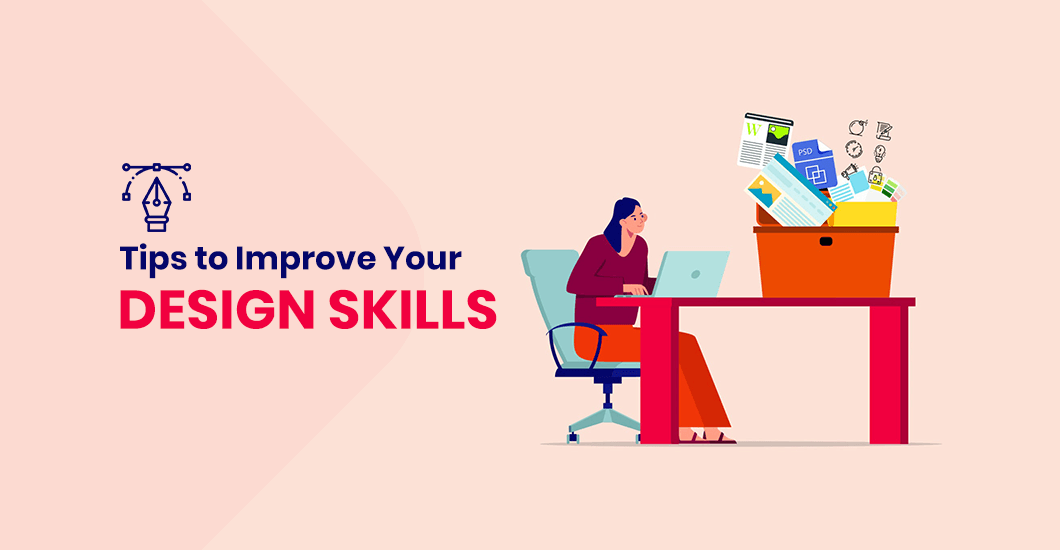


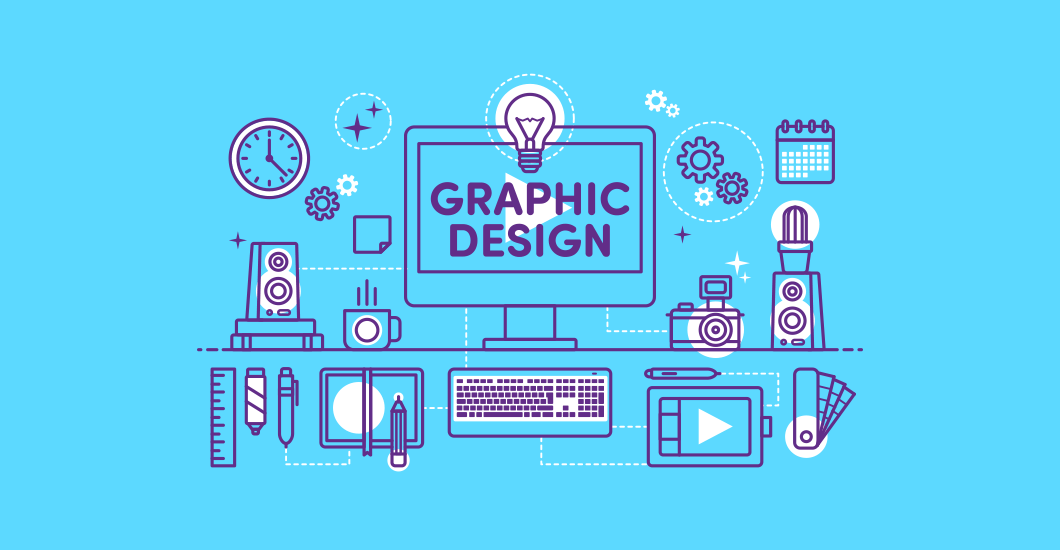
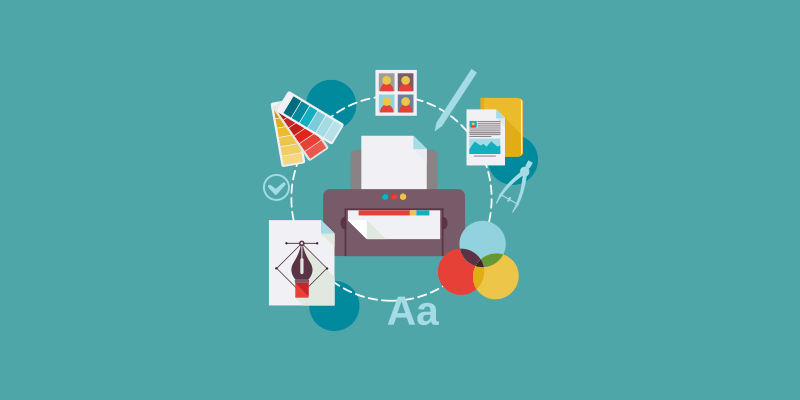



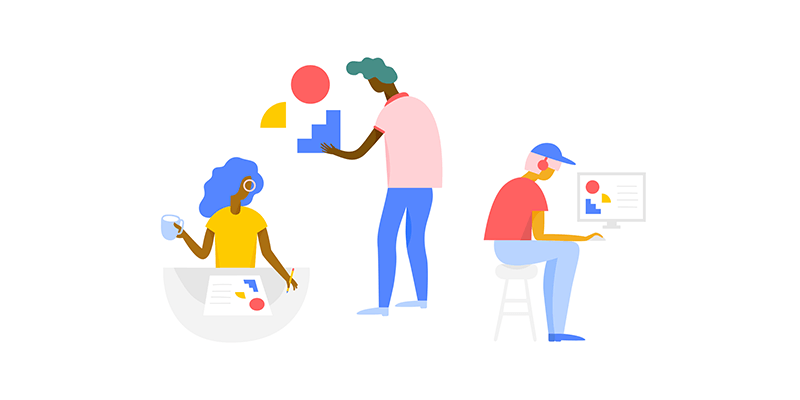



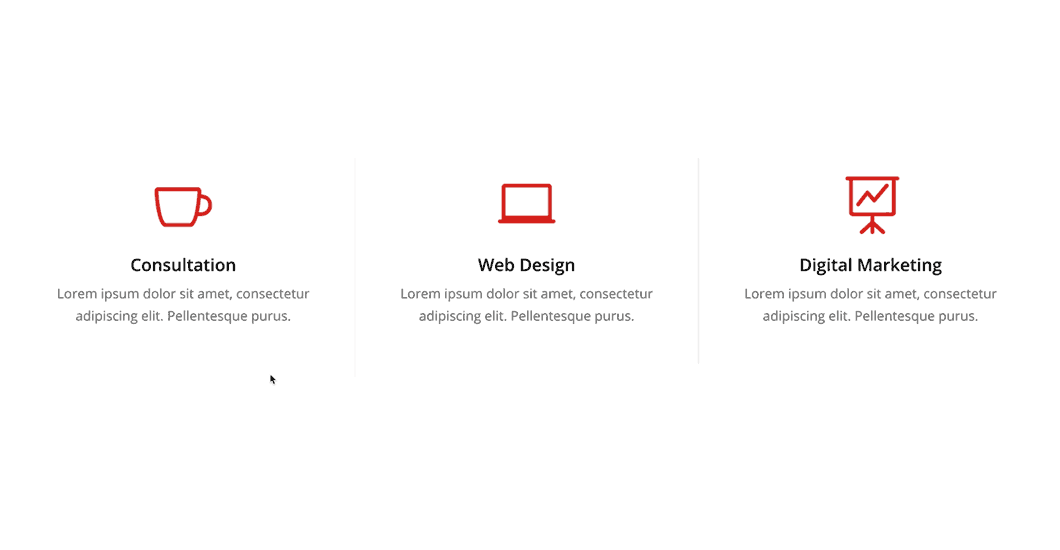

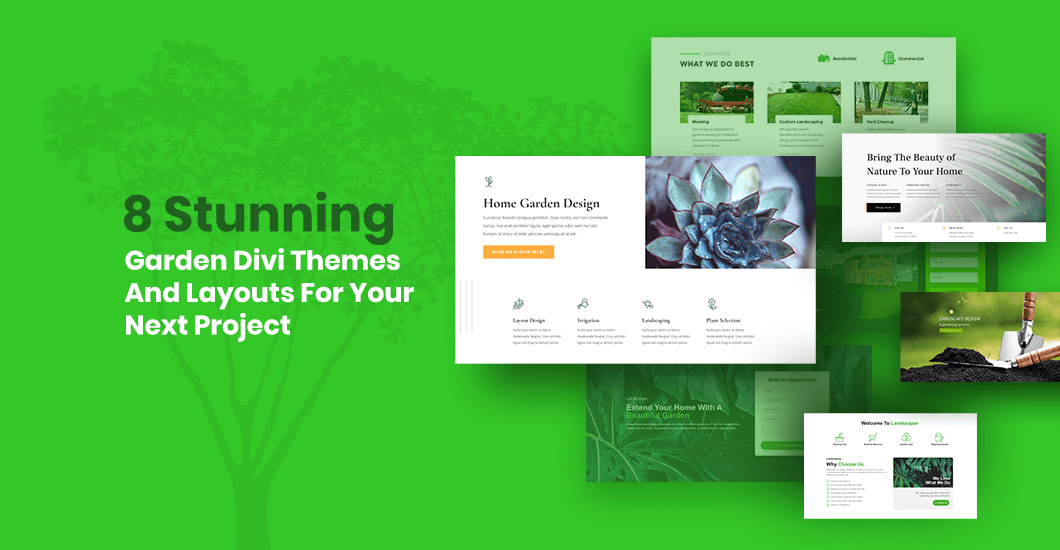



Excellent; sensible advice for anyone to follow.
thanks for the appreciation John..